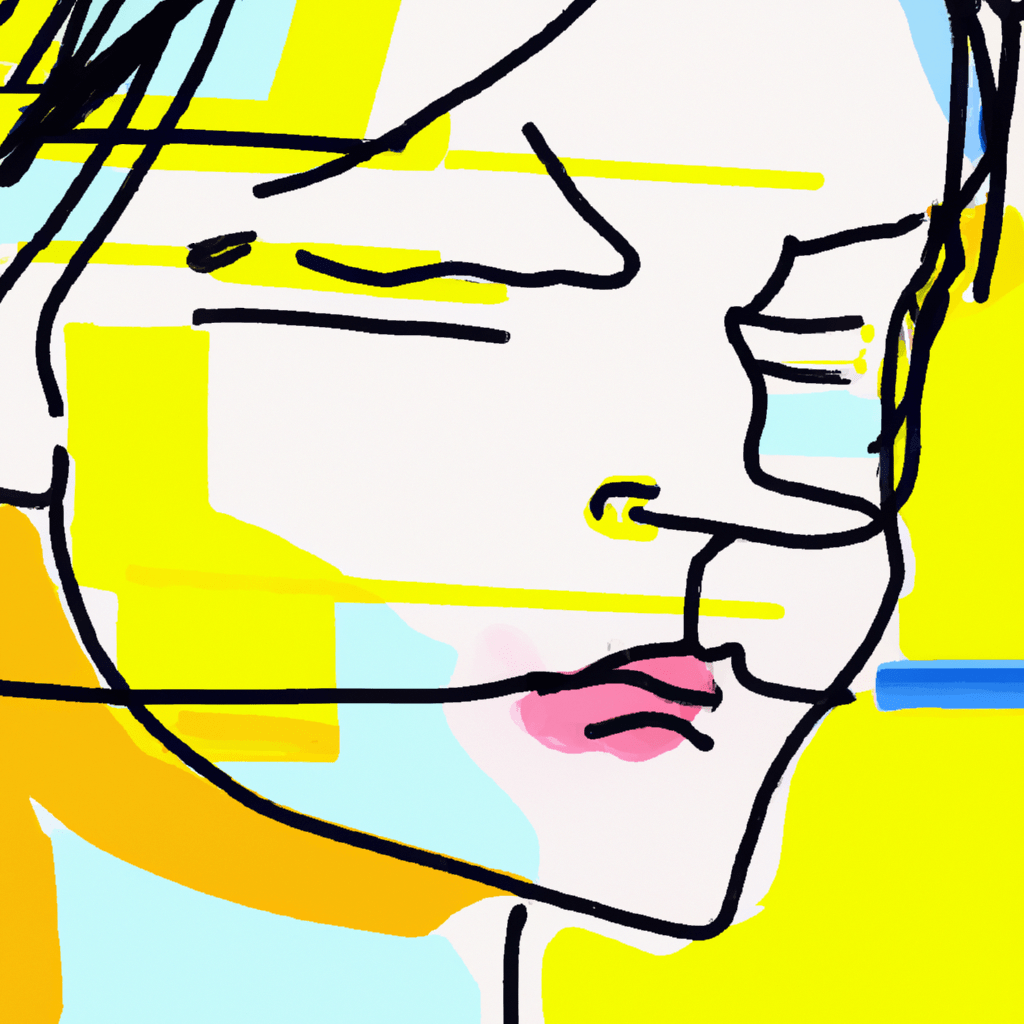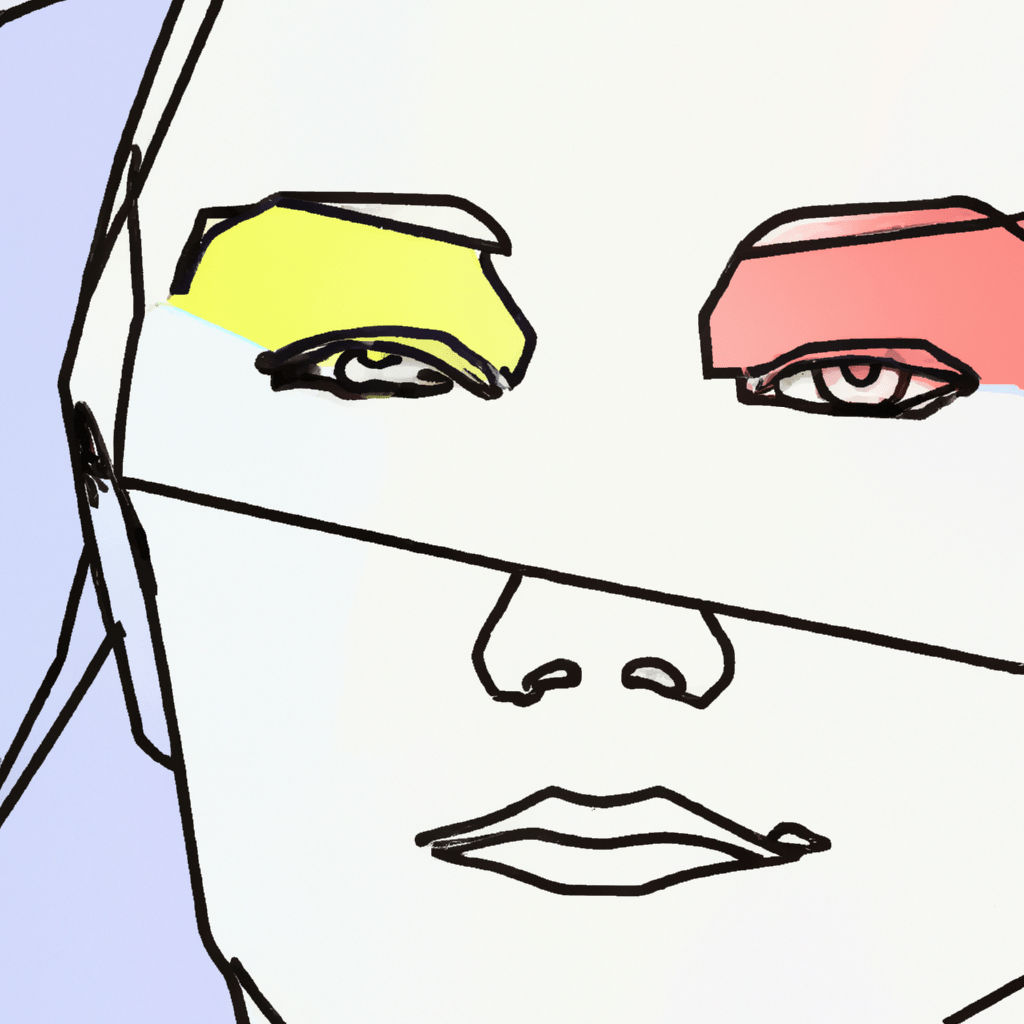
The Future of Design: Human-AI Collaboration

Design has always been a fundamental aspect of human civilization, shaping the way we interact with the world around us. From architecture to product design, the field of design has evolved significantly over the years. However, with the rapid advancements in artificial intelligence (AI), the future of design is set to undergo a revolutionary transformation. The emergence of AI-powered design tools and the collaboration between humans and AI are reshaping the creative process, enabling designers to push the boundaries of innovation and efficiency. In this article, we will explore the potential of human-AI collaboration in design and its implications for the future.
The Rise of AI in Design
Artificial intelligence has made significant strides in recent years, permeating various industries and revolutionizing traditional processes. Design is no exception. AI-powered design tools are becoming increasingly sophisticated, capable of generating designs, analyzing data, and providing valuable insights to designers. These tools leverage machine learning algorithms to learn from vast amounts of data and make predictions or recommendations based on patterns and trends.
One notable example of AI in design is the use of generative design algorithms. Generative design involves inputting design constraints and goals into an AI system, which then explores countless design possibilities and generates optimized solutions. This approach allows designers to quickly explore a wide range of design options, saving time and effort. For example, Autodesk’s generative design tool, used in the design of the Airbus A320 partition, resulted in a 45% weight reduction compared to traditional designs.
The Benefits of Human-AI Collaboration in Design
While AI-powered design tools offer immense potential, the true power lies in the collaboration between humans and AI. By combining the unique strengths of both, designers can unlock new levels of creativity, efficiency, and innovation. Here are some key benefits of human-AI collaboration in design:
- Enhanced Creativity: AI can assist designers in generating novel ideas and exploring unconventional design possibilities. By analyzing vast amounts of data and patterns, AI can provide designers with inspiration and suggestions that they may not have considered otherwise. This collaboration allows designers to break free from creative constraints and push the boundaries of innovation.
- Improved Efficiency: Design processes often involve repetitive and time-consuming tasks. AI can automate these tasks, freeing up designers’ time to focus on more complex and creative aspects of the design process. For example, AI-powered tools can automatically generate design variations, perform simulations, or analyze user feedback, enabling designers to iterate and refine their designs more efficiently.
- Optimized Decision-Making: AI can analyze vast amounts of data and provide designers with valuable insights and recommendations. By leveraging AI’s analytical capabilities, designers can make more informed decisions based on data-driven insights. For instance, AI can analyze user behavior data to identify patterns and preferences, helping designers create more user-centric designs.
- Reduced Bias: Design decisions can be influenced by personal biases, which may limit the diversity and inclusivity of the final design. AI, being an unbiased entity, can help mitigate these biases by providing objective insights and recommendations. This collaboration ensures that designs are more inclusive and cater to a wider range of users.
Real-World Examples of Human-AI Collaboration in Design
Human-AI collaboration in design is already making waves in various industries. Let’s explore some real-world examples that highlight the potential of this collaboration:
1. The North Face and IBM Watson
The North Face, a renowned outdoor apparel brand, partnered with IBM Watson to create an AI-powered personal shopping assistant. The assistant, named “Expert Personal Shopper,” uses natural language processing and machine learning algorithms to understand customers’ preferences and recommend suitable products. By collaborating with AI, The North Face provides a personalized and efficient shopping experience to its customers.
2. Designing the Olympic Torch
In the lead-up to the 2020 Tokyo Olympics, the design team collaborated with AI to create the Olympic torch. The team used AI algorithms to analyze past Olympic torch designs, cultural symbols, and user preferences. The AI system generated numerous design options, which the designers then refined and selected. This collaboration resulted in a torch design that seamlessly blended tradition and innovation.
3. Adobe Sensei
Adobe Sensei is an AI-powered platform that integrates with Adobe’s creative tools to enhance the design process. It offers features like automated image tagging, content-aware fill, and font recognition. By leveraging AI, designers can automate repetitive tasks, improve productivity, and focus on more creative aspects of their work.
The Ethical Considerations
While the potential of human-AI collaboration in design is promising, it is crucial to address the ethical considerations associated with this partnership. Here are some key ethical considerations:
- Data Privacy: AI-powered design tools rely on vast amounts of data to learn and make predictions. It is essential to ensure that user data is handled securely and with respect for privacy. Designers and AI developers must prioritize data protection and comply with relevant regulations.
- Transparency and Explainability: AI algorithms can sometimes be perceived as black boxes, making it challenging to understand how they arrive at their recommendations. Designers must have a clear understanding of the AI system’s decision-making process to ensure transparency and accountability.
- Unintended Consequences: AI systems learn from the data they are trained on, which can introduce biases or reinforce existing ones. Designers must be vigilant in identifying and mitigating biases to ensure that the collaboration between humans and AI promotes fairness and inclusivity.
Conclusion
The future of design lies in the collaboration between humans and AI. By leveraging the unique strengths of both, designers can enhance their creativity, improve efficiency, and make more informed decisions. The rise of AI-powered design tools and the successful examples of human-AI collaboration in various industries demonstrate the immense potential of this partnership. However, it is crucial to address the ethical considerations associated with AI, such as data privacy, transparency, and unintended consequences. As we move forward, embracing human-AI collaboration in design will undoubtedly shape the future of innovation and creativity.
